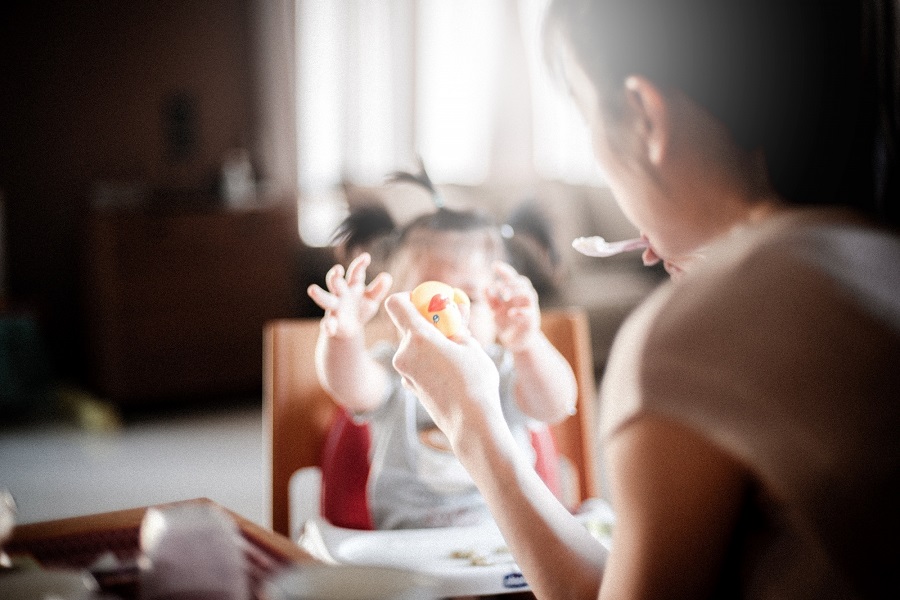
Follow us Now on Telegram ! Get daily 10 - 12 Interesting Updates. Join our Telegram Channel https://t.me/OhWomen
Download Telegram App before Joining the Channel
Mothers breast milk is the safest diet for a newborn baby and the best for his/her first six months. After that he/she must be introduced to complementary feed, which in India usually includes cereal-based gruels, porridges and dal. While ensuring that your baby gets all the right nutrients, it is also essential to check baby food for safety. Labelblind head Rashida Vapiwala suggests things to keep in mind before choosing baby food.
1. No added colour & flavour
Added colours and flavours are a big no-no for babies. And baby food must not have even natural colouring and flavouring agents. Look up the ingredient list for any mention of added colour or flavour in baby food before you buy it.
2. Consistency
It is recommended to avoid juices and select food products with thicker consistencies - like fruit and vegetable purees and cereal porridges. This ensures some fibre content in the product and curtails free sugar that comes from fruit juices.
3. List of ingredients
The shorter the ingredient list, the better it is. Simple foods with one or two ingredients are best suited for infants. This is to identify if the child is having an allergic reaction towards any ingredient. Complex products with a long list of ingredients will not help you figure a potential allergen.
4. Allergen
Read the labels to check if the product has any allergens that your child has an existing allergy to.
5. Skip sugar and salt
It is suggested that you avoid products with added sodium and sugar. Keep in mind that sugar is often disguised on the label as organic cane juice, fructose, maple, and corn syrup. Sugar laden foods increase a child's risk to obesity, dental caries, flatulence, etc. Also, the child gets his or her daily sodium requirements from breast milk, as well as other vegetable and cereal based complementary feeds. So steer clear of foods with added salt and/or sugar.
6. Vegetable content
It is a good idea to introduce vegetables to your child at an early age. Baby foods are now coming with higher vegetable content, instead of plain fruit. This increases the vitamin and mineral content, reduces fructose intake, and familiarises children with the flavour of vegetables.
7. Essential nutrients
Children require certain nutrients for growth of specific organs like brain, or the development of certain functions like immunity. Look for products that are fortified with essential nutrients like omega-3, iron, calcium, vitamin D, vitamin B12, etc.
8. Organic
Going organic is a good choice to prevent your children getting exposed to pesticides and herbicides. But remember, even when labelled "organic", a product may still be laden with sugar and sodium, and must be checked for that.
Most Important: It is always a good idea to run your child's feed by a medical professional first.
Source: IANS
Image Source: Pixabay
Image Source: